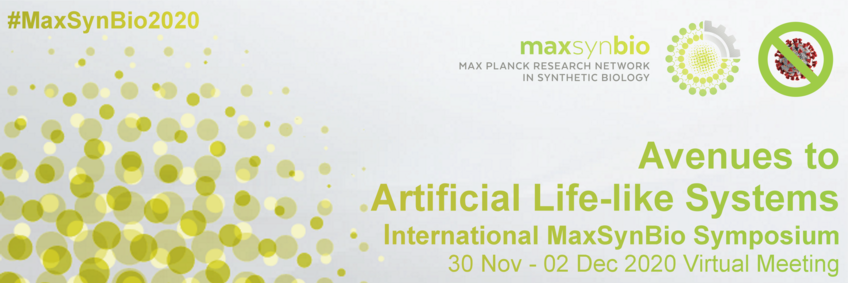
#42 - High-throughput phenotyping of colorectal cancer organoids to understand mechanisms of malignant cell organisation and perturbation
Niklas Rindtorff (German Cancer Research Center, Broad Institute of MIT and Harvard, Heidelberg University, Heidelberg; Max Planck School Matter to Life)
Monay, 30 Nov and Tuesday, 01 Dec 21:15 - 22:00 CET
Access to the BigBlueButton rooom for this Mini Talk via the lists for Monday and Tuesday.
Please make yourself familiar with BigBlueButton before you join the Mini Talk - read the instructions.
Abstract
Title: High-throughput phenotyping of colorectal cancer organoids to understand mechanisms of malignant cell organisation and perturbation
Author(s): Johannes Betgea,b,*, Niklas Rindtorffa,*, Jan Sauera,c*, Benedikt Rauschera,*, Clara Dingerta, Haristi Gaitantzib, Frank Herweckb, Thilo Mierscha, Erica Valentinia, Veronika Hauberb, Tobias Guttingb, Larissa Franka, Sebastian Belleb, Timo Gaiserd, Inga Buchholzb, Ralf Jesenofskyb, Nicolai Härtelb, Tianzuo Zhana,b, Bernd Fischerc, Katja Breitkopf-Heinleinb, Elke Burgermeisterb, Matthias P. Ebertb,#, Michael Boutrosa,e,#
Affiliation(s): aGerman Cancer Research Center (DKFZ), Division Signaling and Functional Genomics, and Heidelberg University, Department of Cell and Molecular Biology, Medical Faculty Mannheim, Heidelberg, Germany; bHeidelberg University, Department of Medicine II, University Hospital Mannheim, Medical Faculty Mannheim, Mannheim, Germany; cGerman Cancer Research Center (DKFZ), Computational Genome Biology Group, Heidelberg, Germany; 4Heidelberg University, Institute of Pathology, University Hospital Mannheim, Medical Faculty Mannheim, Mannheim, Germany; 5German Cancer Consortium (DKTK), Heidelberg, Germany
Abstract: Patient derived organoids resemble the biology of tissues and tumours, enabling ex vivo modeling of human diseases. Organoids as 3D models of tumors promise to provide insights into the self-assembly of malignant human cells and enables high-throughput screening for drug discovery in primary patient samples. Here, we used image-based profiling, a powerful method for functional genomics and drug discovery, to describe a phenotypic landscape of over 6 million individual colorectal cancer organoids after treatment with more than 500 small molecules. Organoid phenotypes identified compound mode-of-actions specific effects. Inhibition of MEK kinase for instance led to a characteristic reorganization of organoids associated with expression of intestinal stem cell signatures, while GSK3 inhibition disassembled organoids via downregulation of focal adhesion and PI3K-AKT signalling. The complete spectrum of observed unperturbed and drug-induced single-organoid phenotypes was represented by a shared continuous latent space, where compound treatment moved organoids along mode-of-action specific and dose-dependent trajectories. Using shared regions between unperturbed and perturbed organoids within this landscape, we associated treatment based phenotypes to gene expression states. We anticipate our approach to facilitate linking of perturbations to biological mechanisms in complex and heterogeneous disease models.